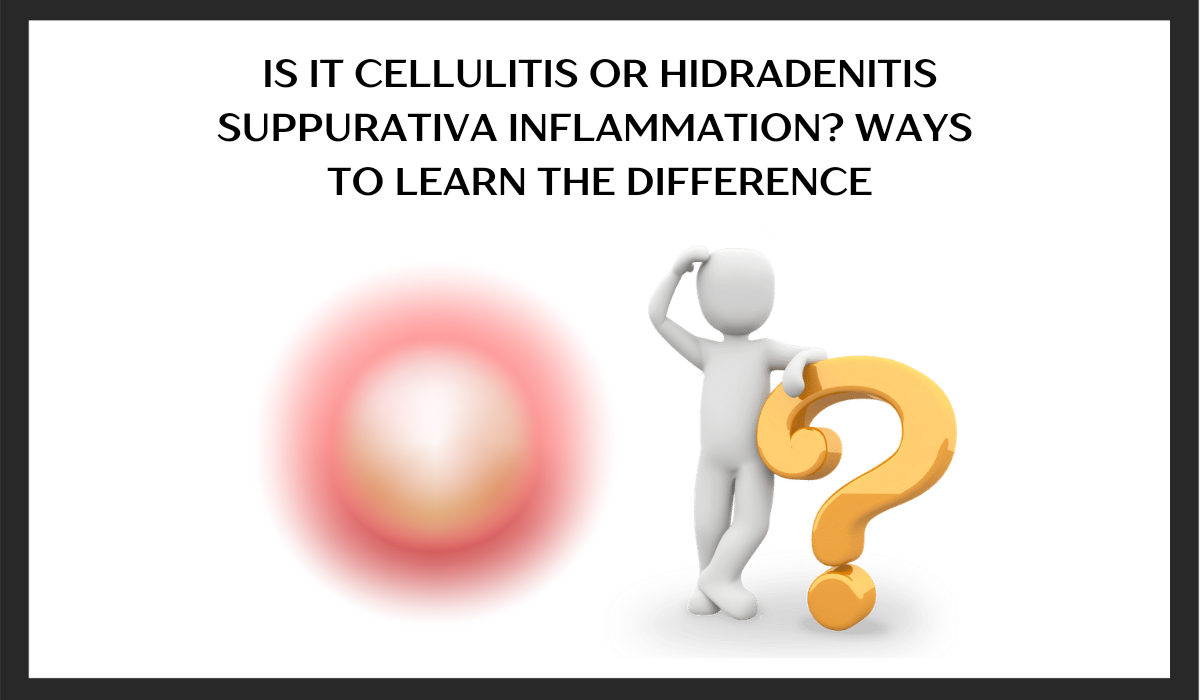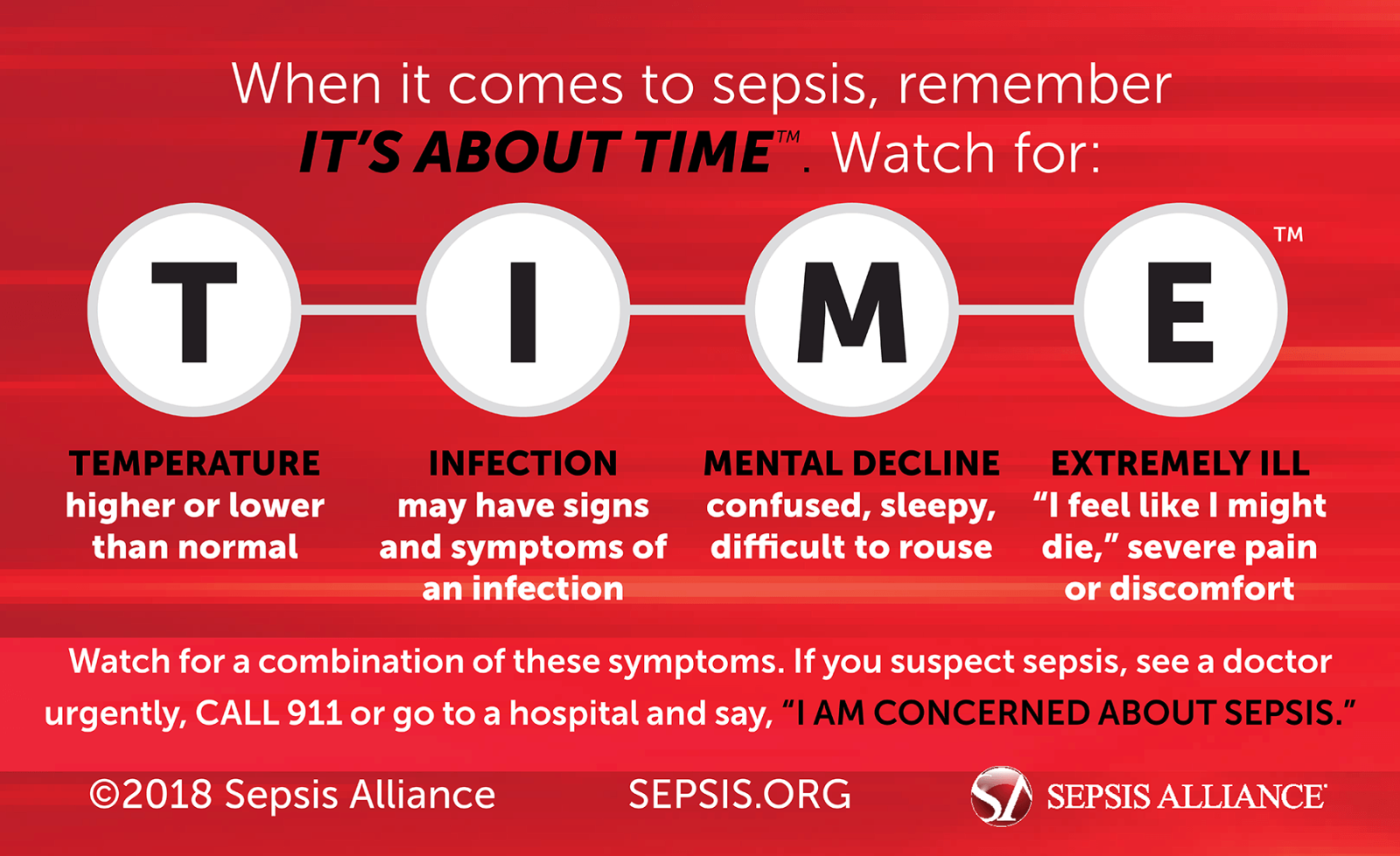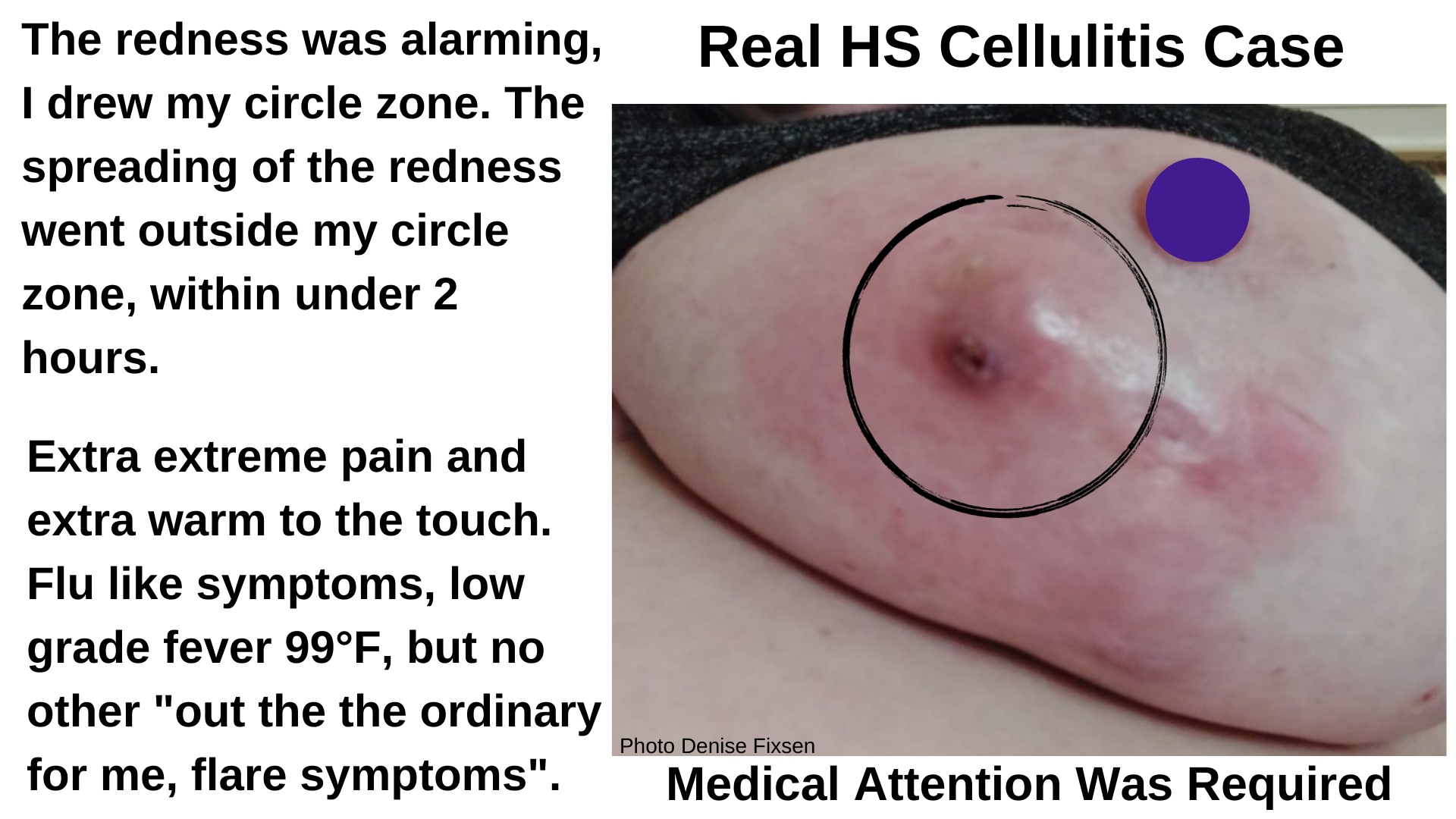Is it Cellulitis or Hidradenitis Suppurativa Inflammation? Ways to learn the difference.

This article should help guide you to distinguish between regular Hidradenitis Suppurativa inflammation and cellulitis redness. Additionally, I’ll cover cellulitis, sepsis, and offer practical tips.
Patients with HS have an increased risk of developing cellulitis and other skin infections, which are considered secondary complications. Cellulitis is an infection that demands immediate medical attention. However, it is important to understand that having an abscess / nodule does not indicate the beginning or presence of cellulitis.
Is it regular HS flare redness or possibly cellulitis?
With HS flares it is normal to experience pain, inflammation, swelling, and redness around the area. The area may feel warm when touched and you might even have a low grade fever. Learn more about HS symptom's HERE.
With CELLULITIS, these symptom factors are likely to worsen, possibly resulting in the development of additional symptoms.
Typical Signs And Symptoms Of Cellulitis
- Pain: this pain will typically be much more intense than it is with your regular HS flare pain. Possibly pain like you have never felt before with your HS. And very tender.
- Warmth: with cellulitis (or any type of infection) there is an increased warmth, sometimes even hot to the touch.
- Redness: cellulitis type redness may spread quickly and further away from the abscess / affected area. Cellulitis can also cause red streaking or blotching. *Example photos and how to monitor the redness below.
- Swelling: if it's extreme or it's out of your ordinary for you pay attention to that.
- Blistering: or fluid-like filled pockets can happen with cellulitis.
- Fever: 100.4°F (38°C) or above would be considered a fever. NOTE, sometimes there is no fever at all with cellulitis. As a matter of fact, with cellulitis and other infections, your body temperature can drop to lower levels.
Other Things to Watch Out For *alone or coupled with any of the above
Flu like symptoms
Chills
Rapid heartbeat
Nausea or Vomiting
Feeling disoriented
How To Monitor The Spread Of Redness
See Example Scenario Infographic
The best way to monitor the inflamed area(s) for redness spreading is to gently draw a circle around the area of concern using a washable marker.
Then check the circle and skin every hour or two, give or take.
The key here is to watch that the redness doesn’t spread past your circle zone. And how quickly the redness is spreading. If the redness spreads beyond your zone area, especially if it does so rapidly, seek medical help.

Note, the redness can spread within a couple of hours or very quickly. By creating a zone you can see how far and how quickly. *eventually you’ll learn your body, HS and how your body reacts before, during and after flares.
Below Are Photo Examples Of What Cellulitis Can Look Like
The redness may appear as a solid color, in a blotchy pattern, or with streaks. It usually spreads farther from the affected area. In some cases there may be some blistering.
Example Photos Below

Example photo of streaking and blotching HERE
Example photo of blistering HERE
Darker skin tone photo examples HERE and with streaking HERE
What is Cellulitis?
Cellulitis can arise as a secondary complication of HS. It’s an infection of the deep layer of skin and the tissues beneath it. Cellulitis requires systemic antibiotics, oral antibiotics, or intravenous antibiotics in severe cases. Since cellulitis targets the deeper layers of skin and tissue, topical antibiotic ointments are not successful in treating it.
What is Sepsis?
Sepsis, and / or septic shock, is the body’s severe reaction to an infection. Without timely treatment, sepsis can rapidly progress to tissue damage, organ failure, and death, making it a life-threatening medical emergency. Survivors can experience life-altering consequences like PTSD, chronic pain, fatigue, organ dysfunction, or amputations.

In HS, sepsis and septic shock, although uncommon, may develop as a third complication. For instance, if cellulitis is not promptly treated or complications such as antibiotic resistance or delayed diagnosis arise.
Once again, cellulitis and other skin infections can be secondary complications of HS. Cellulitis is an infection that demands immediate medical attention. However, it is important to understand that having an abscess / nodule does not indicate the beginning or presence of cellulitis.
Tips for avoiding Cellulitis and Sepsis with HS
- Refrain from self-draining abscesses or wounds, especially with tools like pins, needles, scalpels, or razors, etc.
- Avoid picking or squeezing your HS abscesses, areas, or wounds.
- Keep your open wounds clean and covered.
- Ensure you wash your hands when caring for abscesses and open wounds.
- Pay close attention to what your body tells you. Be mindful of your body and how your HS affects you personally.
To wrap up, I will share one of my cases with you. I keep up this routine because I am at risk of developing cellulitis, despite my knowledge with HS, I still use techniques.
In this situation, by the time we got to the hospital, my entire breast and a portion of my tummy became red. I had severe cellulitis and received IV antibiotics overnight in the hospital. The next day, I was discharged with oral antibiotics tailored to the identified bacteria strain. Luckily it was identified in time.

Learning and identifying your personal HS is important for a variety of reasons. Consider the advantages of using a journal or tracker with HS, you can find more information on this HERE.
Special Note: Researched, compiled, and written by Denise Fixsen. This information is backed by my 46 years of living with Hidradenitis Suppurativa, 10 years of dealing with multiple chronic illnesses, 36 years of advocacy, and continuous education. And to ensure accuracy, reliability, and trustworthiness, I incorporate peer-reviewed studies and other high-quality sources into my articles and material. I also wanted to inform you that I’ve chosen to end my collaboration with editors on my articles. Although there may be grammar errors due to brain illnesses (mostly), with this said, my content remains reliable, factual, and solid. With genuine TLC.
Medical Disclaimer: This content is solely for information, education, and support. The purpose is not to serve as a replacement for professional medical advice, diagnosis, or treatments.
Sources: PMID: 30521288, PMCID: PMC6303460, PMID: 31747177, doi:10.1001/jamadermatol.2020.2083, PMCID: PMC6429642, PMCID:PMC7066725, doi: 10.7759/cureus.43695, doi.org/10.3389/fmed.2020.00068, www.cdc.gov/sepsis/what-is-sepsis.html, https://www.sepsis.org/
Photo Credit: Dawes Fretzin Dermatology, Skinsight, and per all photo example links
Article posted on 10-25-2024
